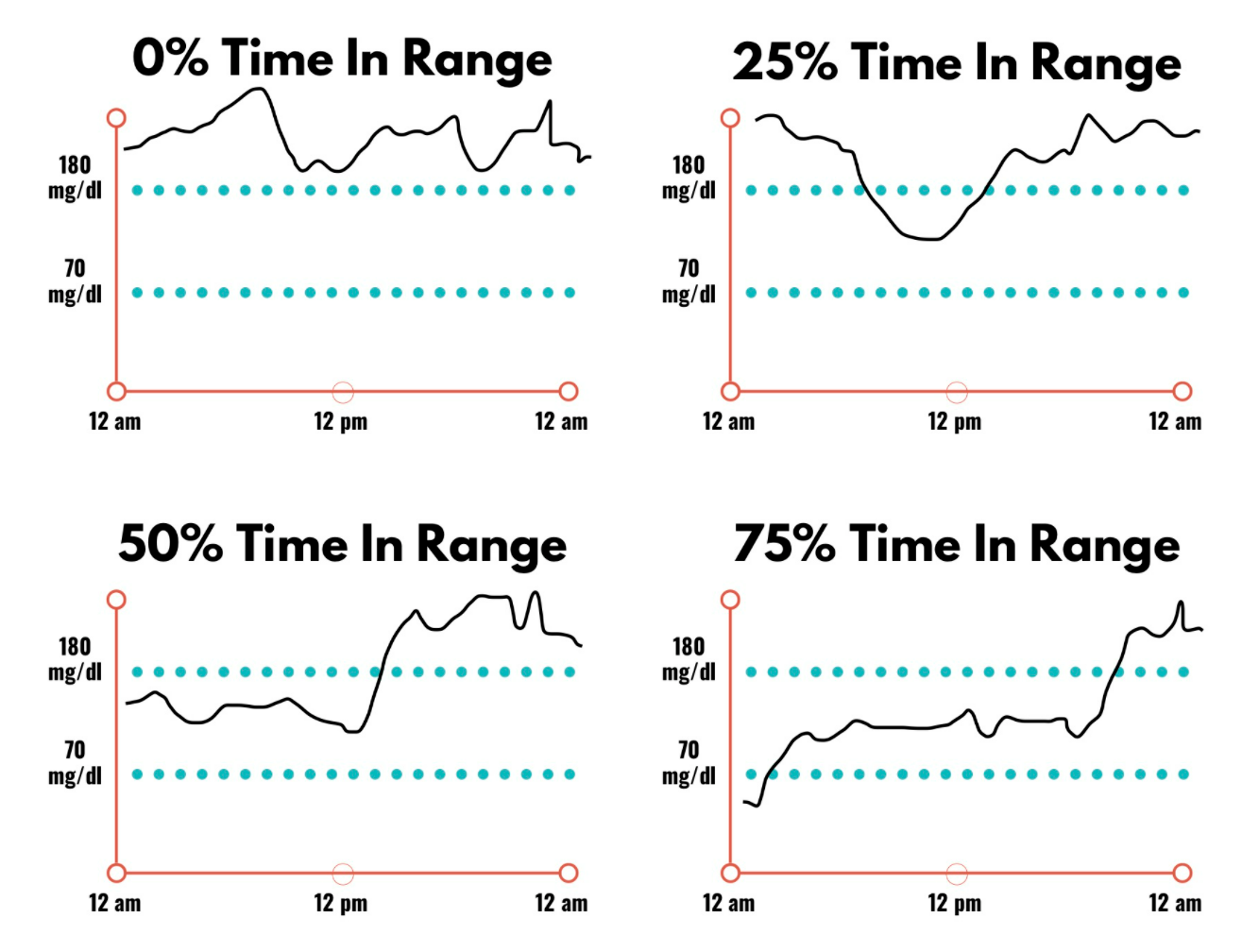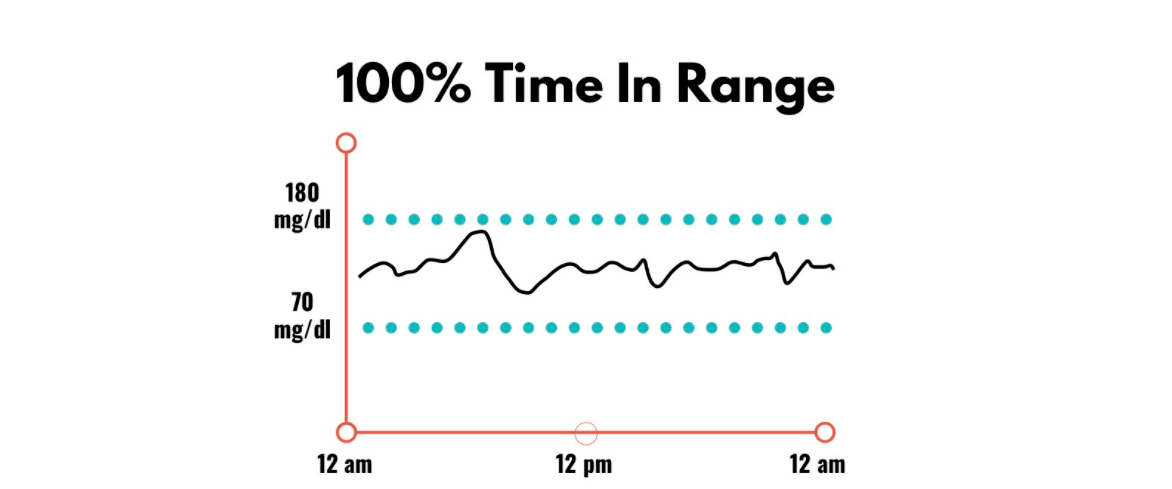I was pleased to be invited to moderate a panel at the MPO Summit in Utah this past August just before Labor Day. It was a date in between COVID surges in the early summer and late fall. The medical device community in the Utah area turned out, F2F, in full force.
As one of our panelists said, drug delivery devices and their developers are the unsung heroes of the convergence of medical devices, digital health and pharmaceuticals.
This is a big market. According to an article in MDDIi, nearly one in four medications require some form of drug delivery device.
The Medi-Vantage team can help you and your product development team uncover digital health unmet needs so that your engineers can focus on building the best device possible.
As these devices get more complex more expert assistance will be needed from the medical device and digital health communities.
Below is an example of the convergence of drug delivery, medical devices and digital health. Even commonly delivered drugs like insulin are pushing medical device and digital health to create novel wearable injectors such as Insulet’s just cleared Omnipod 5 Automated Insulin Delivery System for people with type 1 diabetes aged 6 years and older.
The OmniPod 5 is the first and only tubeless automated insulin delivery system in the US with compatible Smartphone control combined with the Dexcom® G6 Continuous Glucose Monitor (CGM) System. The system integration automatically adjusts insulin delivery for up to 72 hours.
With SmartAdjust™ technology, the Omnipod 5 and the Dexcom G6 CGM are continually transferring data, enabling automatic insulin adjustments to help improve time in range. Time in range, critical to all patients with diabetes, is the percentage of time that a person with diabetes spends with their blood glucose levels in a target range.
This is important.
Using data from the landmark Diabetes Control and Complications Trial, researchers found a strong correlation between varying levels of time in range and the complications of diabetes such as retinopathy, neuropathy, nephropathy, etc. There was a correlation between an increase in time in range and a decrease in complications.
The key takeaway? Set your device development goals on tackling meaningful complications that affect the patient population addressed by your medical specialty.
CONTACT US
LOOKING FOR A PARTNER WITH KEY INSIGHTS FROM CLINICIANS & HOSPITAL ADMINISTRATORS AND HOSPITAL CFOS?
OUR LAST THREE PROJECTS WERE:
What price premium can be charged for an upgraded legacy product in a commodity space?
Medtech price sensitivity analysis - hospital administrators and CFOs
M&A due diligence analysis: pricing for a new disruptive product



